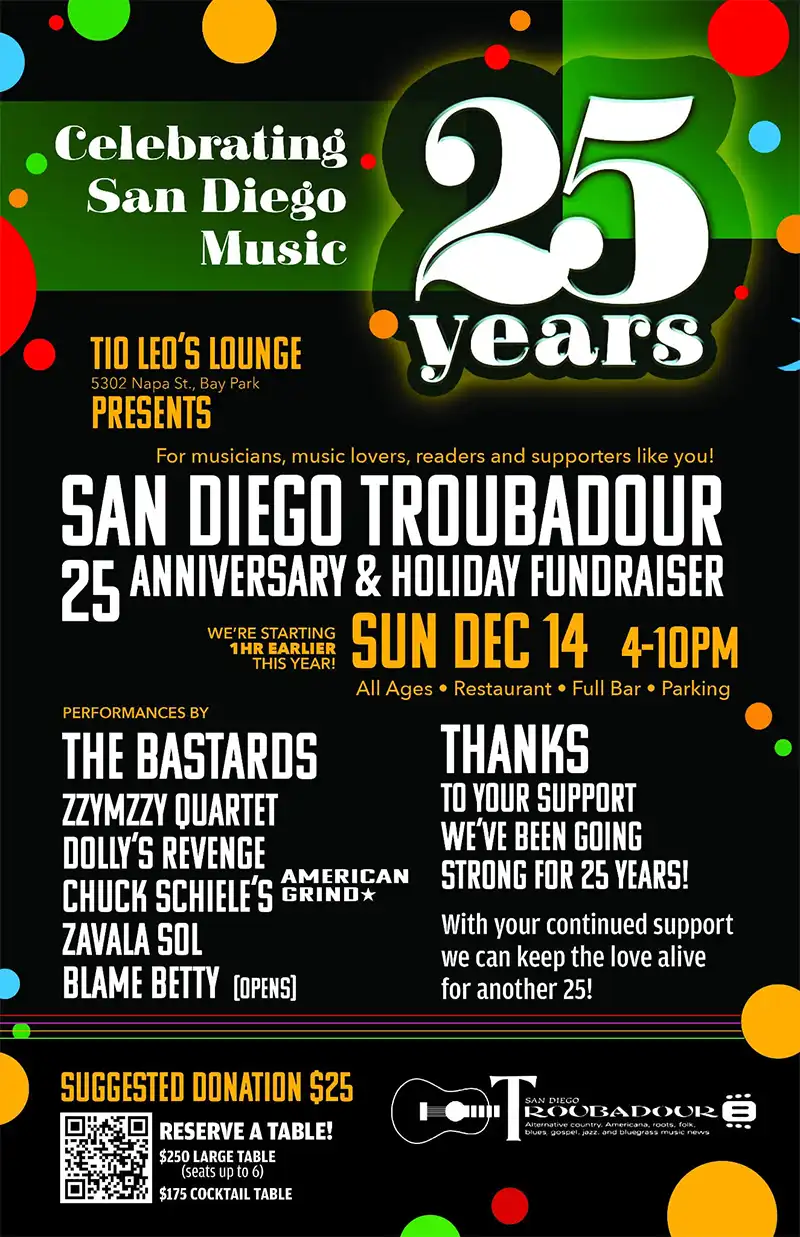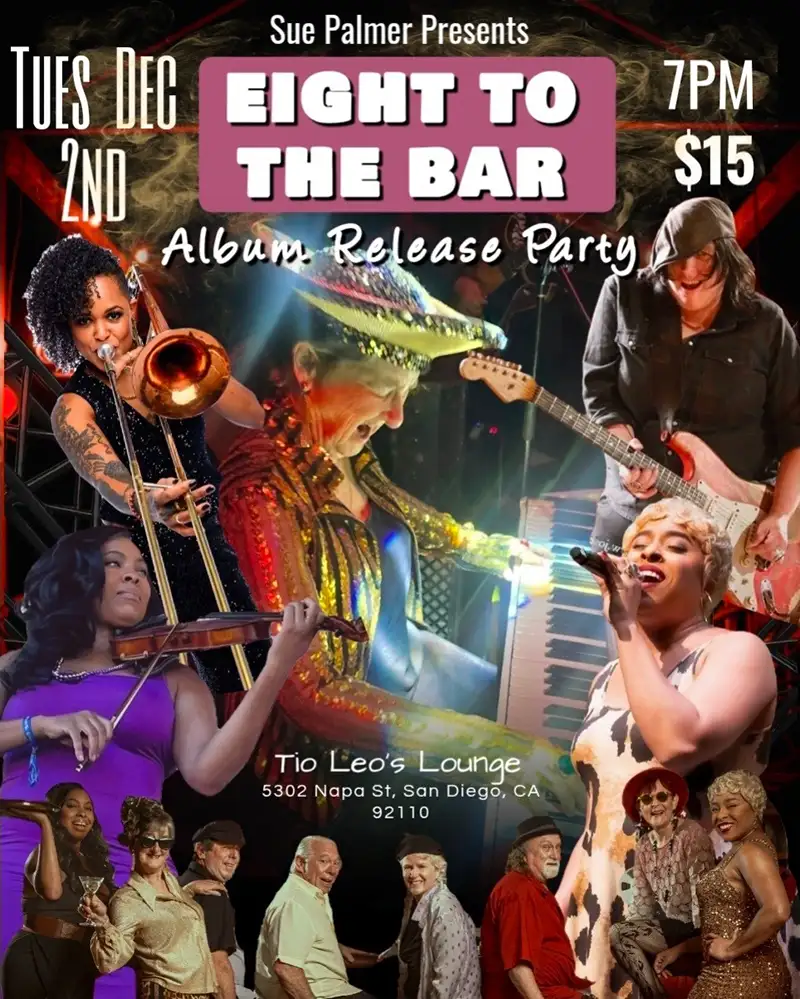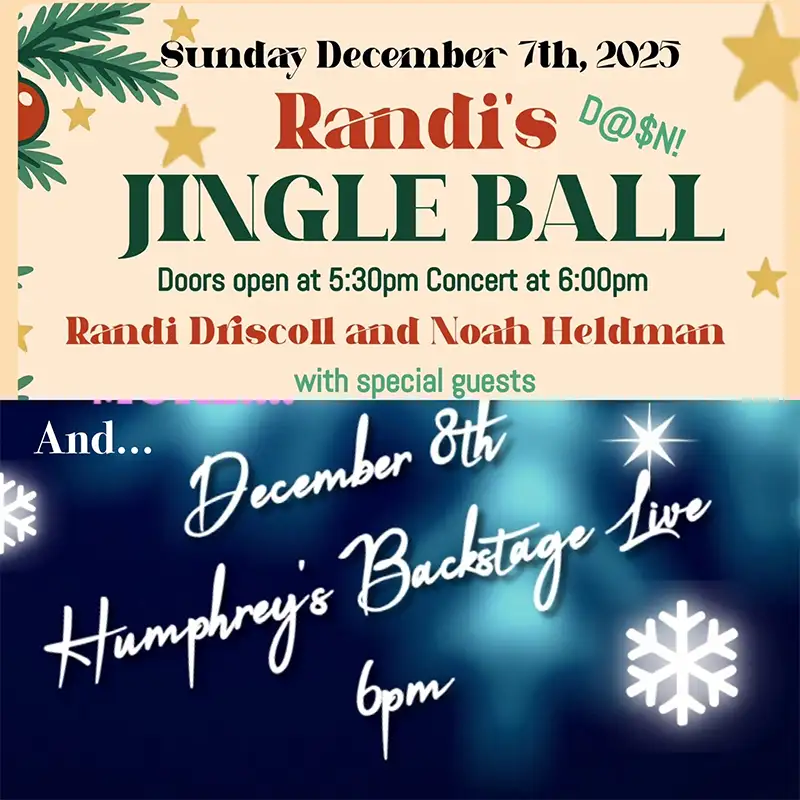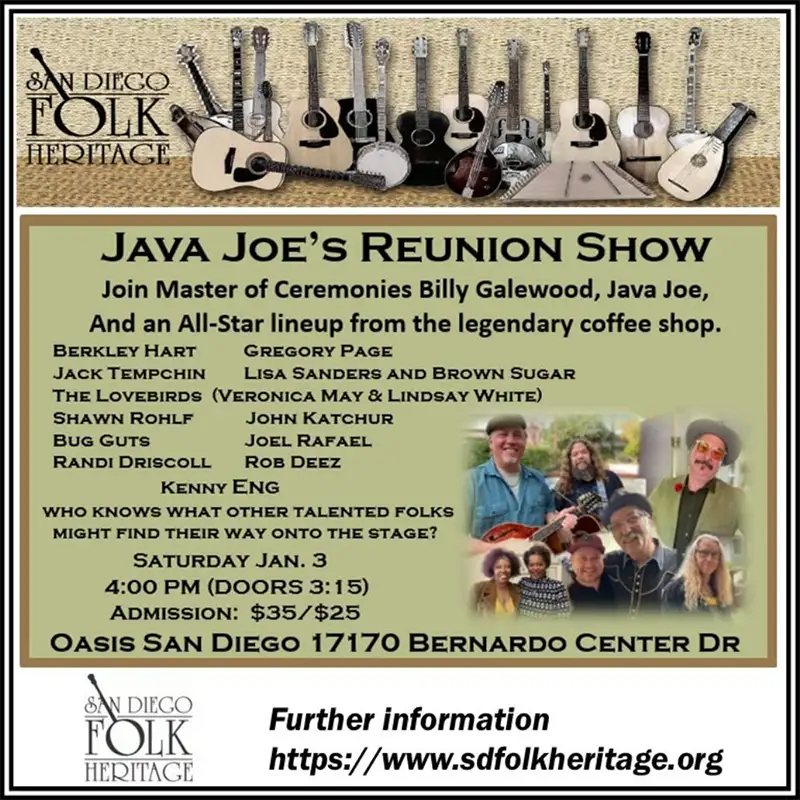Featured Stories
Tommy Aros: From Bongo Bopper to Superstar Sideman
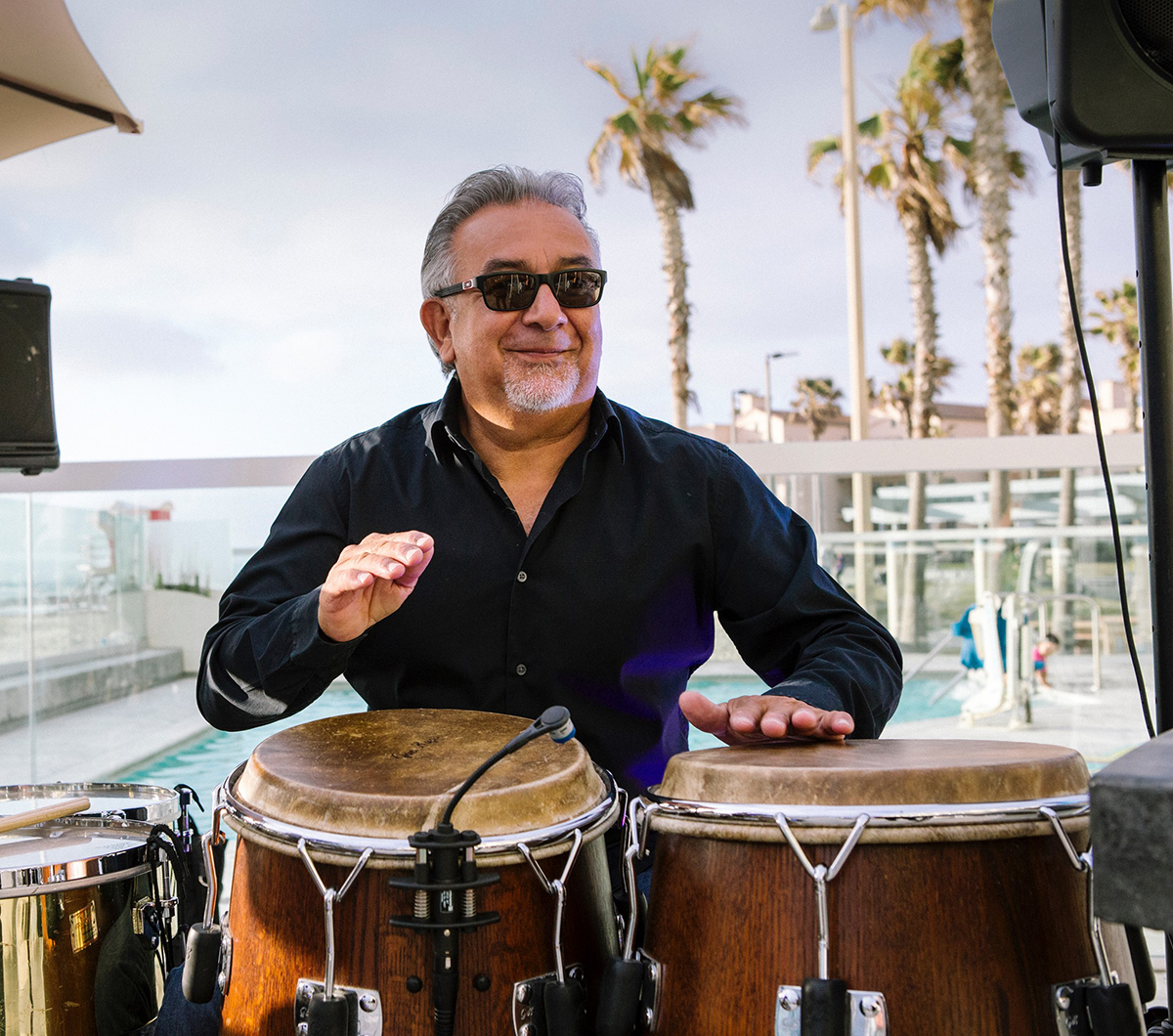
Tommy Aros. Photo by Robert Sanchez.
For a decade, Tommy Aros had been a fixture in the San Diego-based jazz-funk-fusion combo Fattburger when long-time friend, guitarist Kiko Cibrian, reached out to him. Cibrian, a native of Tijuana and veteran of the cross-border music scene, was at the time director of the orchestra that accompanied Mexican superstar singer Luis Miguel.
“He says, ‘Hey, can you do me a favor.’ Aros recalled. “‘We fired the percussionist. Can you come to Venezuela tomorrow?’ And I said, ‘I don’t think so.’”
Yet, at the urging of his father, a Luis Miguel fan, Aros decided to take the gig with the idea that his dad would meet him in Mexico City, where the group was scheduled to play after the Caracas gig.
“Kiko called me back,” Aros related in a recent interview. “He said the manager wanted the percussionist from the Miami Sound Machine to do it, ‘But I’d rather have you.’ I told him, ‘Yeah, I’ll do it.’”
Aros said he was scheduled to leave on Thanksgiving Day but his flight was cancelled, so he had to fly to New York to get to Caracas.
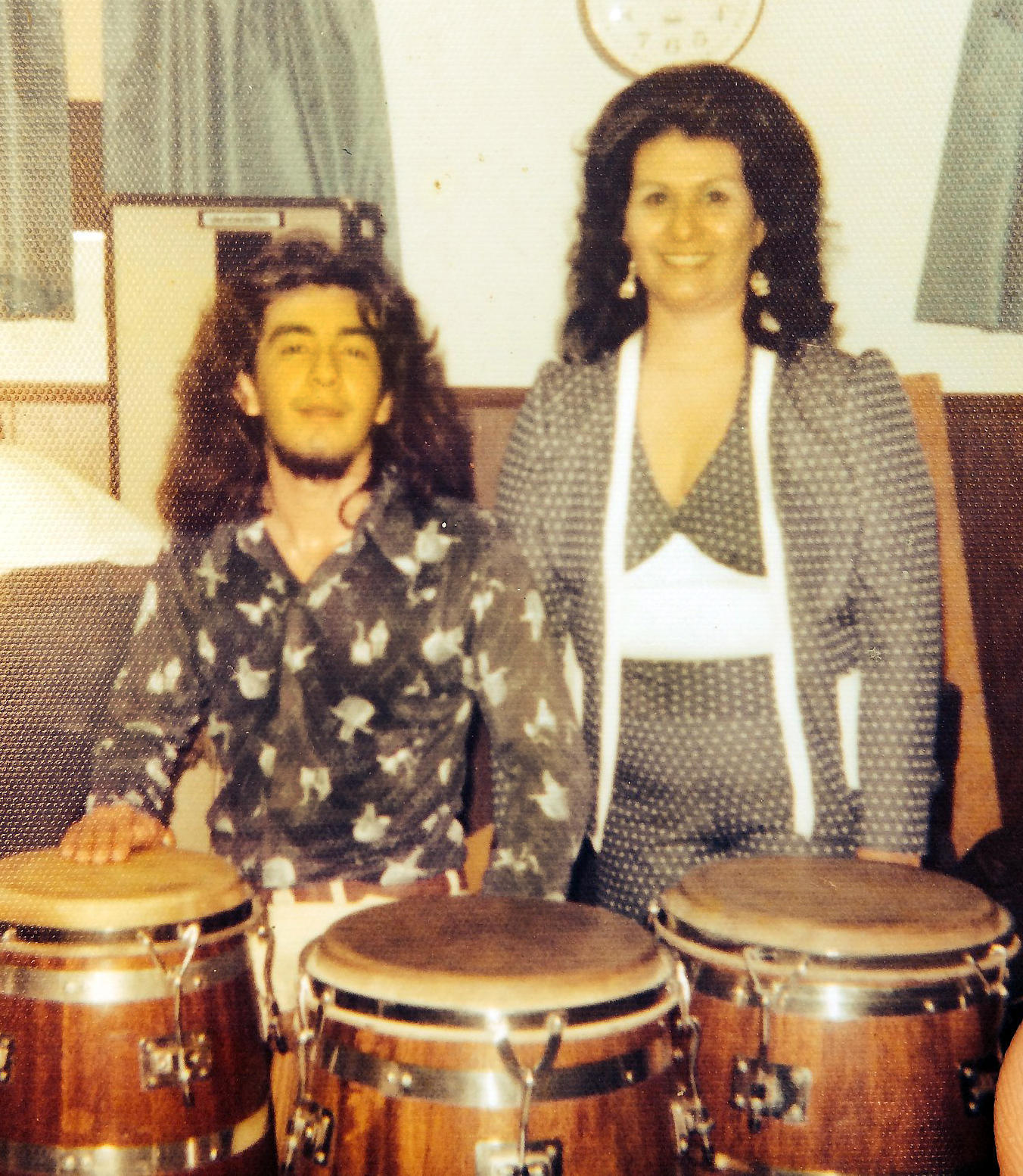
Young Tommy with his mom.
“So, the next day, I flew to Venezuela and did my first concert in front of 45,000 people, not knowing Luis Miguel’s music. It was pretty stressful. We were supposed to rehearse, but my flight got delayed … I got to Caracas around three o’clock in the afternoon and we did the show that night. It was pretty traumatic, since I didn’t know very much of the music. It was pretty nerve-wracking at first to go from playing with Fattburger… We played the Long Beach Jazz Festival and a couple of big festivals in Washington, D.C., with maybe 15,000 people. Probably the biggest show we played with Luis Miguel was 125,000 at the Azteca Stadium (in Mexico City).”
Today, Aros can regularly be heard with the Gilbert Castellanos Latin Jazz Sextet at Lou Lou’s Jungle Room in the Lafayette Hotel on El Cajon Boulevard in San Diego and Dave Scott’s combo at Hacienda Casa Blanca in the city of El Cajon.
At the time Aros was contacted about playing with Miguel, he thought it would be a short-term gig. He wound up staying with Miguel for 20 years. When one hears the congas, bongos, and other percussion flourishes on Romances and other Luis Miguel albums from the era, that’s Tommy Aros.
“He was pretty patient with me for the first week or two,” Aros said. “The thing is with him, he’s such a perfectionist. If he doesn’t like you, you’re pretty much gone the next song or the next day. But he was always good to the musicians…. I left after 20 years, and I think I was the first one to ever quit. Part of that was because he trusted Kiko at that time and Kiko pretty much hired the whole band.”
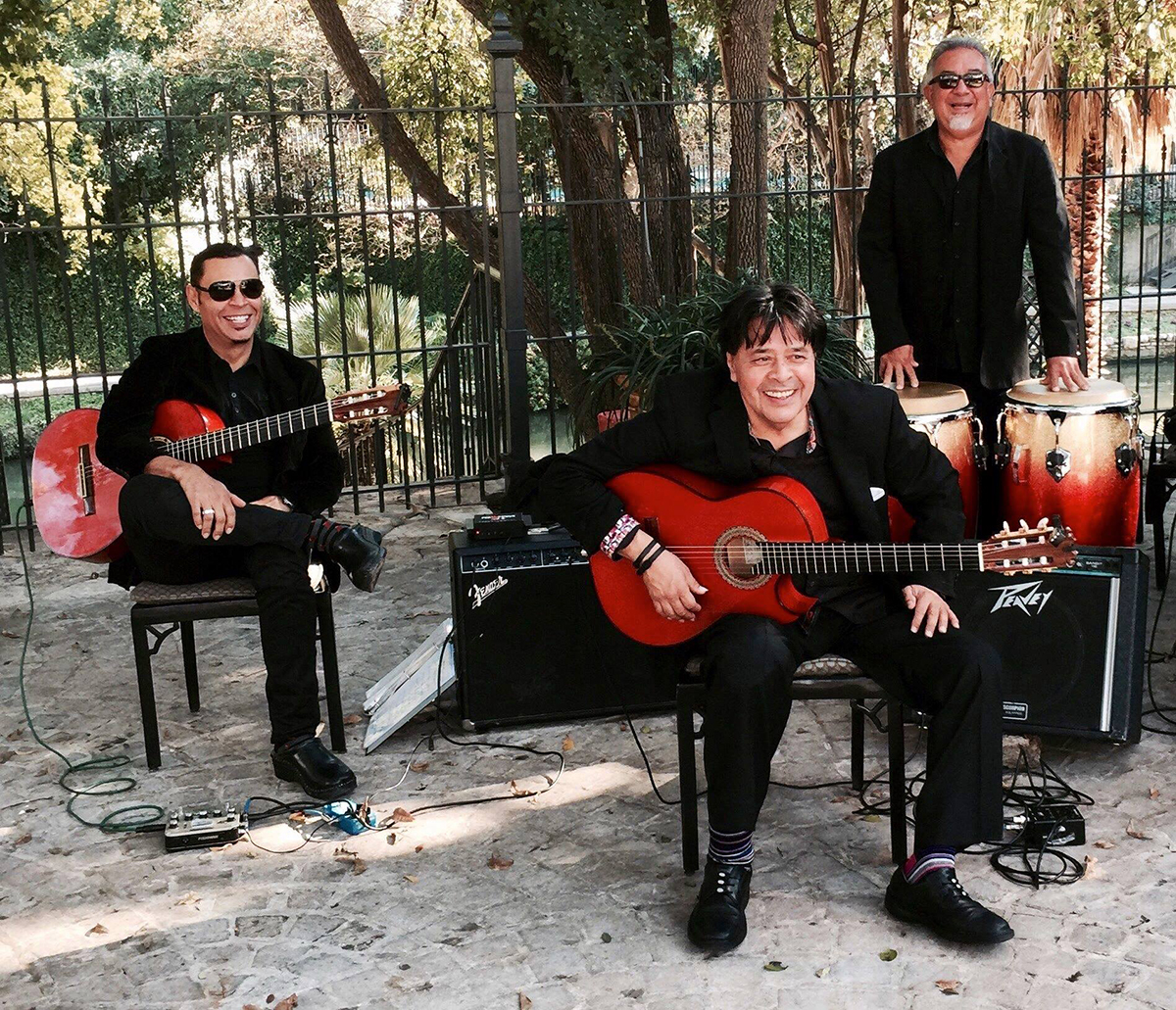
Aros with the Mario Olivares Band.
Aros’ relationship with Cibrian went back to his late teens when the Kearny High graduate began venturing down to Tijuana to sit in with the bands at the legendary Mike’s nightclub on Avenida Revolución. He got interested in playing percussion at a house party where his cousin, guitarist Steve Alvarez, and a friend were entertaining.
“They would do like James Taylor and Beatles’ songs” Aros said. “I think there were some bongos there and I just started goofing around with them, and I said, ‘This is pretty fun.’ It just kind of grew from there. I ended up buying some congas. There were a few conga players in high school so we kind of hung out and played together.
“My first real congas I bought were from Albert’s Music City in downtown San Diego on Fifth Avenue, one of the famous music stores down there. It was a great store. The only thing down there were music stores, shoe stores, and peep shows.”
Though not fluent in Spanish, Aros formed long-lasting relationships at Mike’s with Tijuana musicians who would later play pivotal roles in the San Diego music scene—Cibrian, guitarist Jaime Valle, drummer Fernando Romero, and vibraphonist and timbalero Kiko Cornejos, among many others.
“They had three or four bands a day,” Aros said. “They would play from 10 in the morning ’til six in the morning. It was crazy. I would sit in with whoever was there…. They were all good musicians. They played a bunch of Top 40 stuff. I would just go down there and drink beer and play music for a couple of hours. I wasn’t setting paid.”
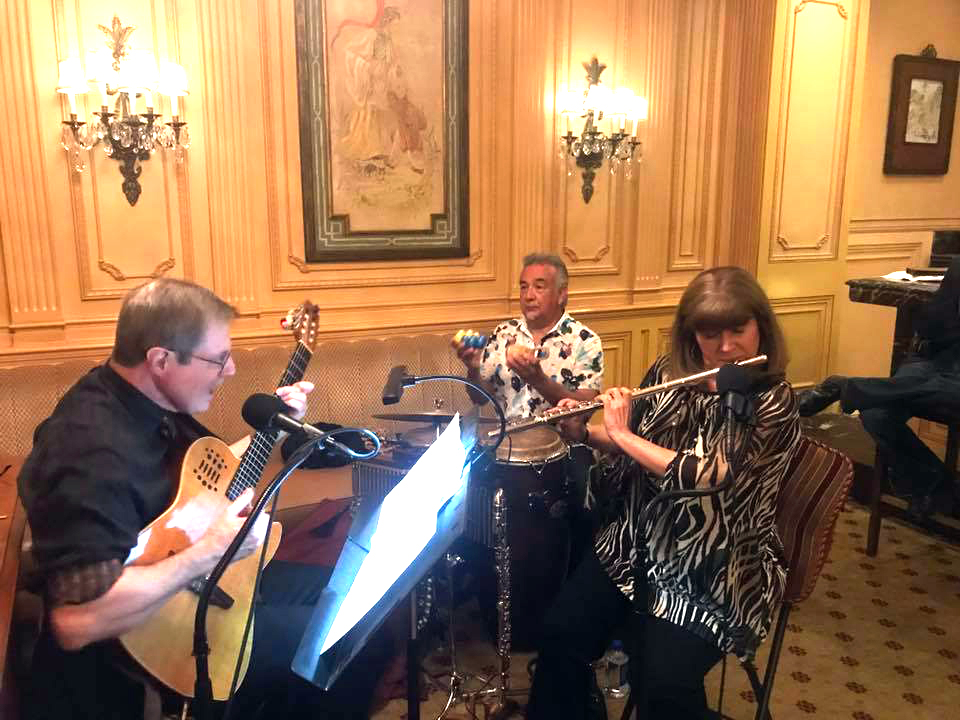
Trio de Janiero with Ron Satterfield, Aros, Lori Bell.
Aros played with various configurations, including a Top 40 band with Romero, before he was hired to play with El Ritual, a Mexican rock band that was making the West Coast circuit. They played regularly at the Hanalei Hotel in Mission Valley where Aros met his wife, Mari, a server who was attending San Diego State at the time. When El Ritual traveled to play some shows in the Bay Area, Aros said, he took some lessons from legendary Cuban congero Armando Peraza, who for many years accompanied Santana. Other than that, Aros is largely self-taught.
After a while with El Ritual and other rock bands, Aros said, he became bored and wanted to get more into jazz. He joined Dance of the Universe, which included guitarist Peter Sprague, pianist Rob Schneiderman, and vocalist Kevin Lettau, which extended his repertoire to include instruments more commonly associated with Brazilian sambas and bossas.
In that same era, Aros started playing with Storm, a band that at various time included Romero, Cornejos, vocalist Margarita Page, and bassist Andy Esparza.
“It was a band with a rotating cast—a bunch of people,” Aros remembered. “That was a fun band. We stayed busy for a couple of years doing the Cal Tjader thing. It was Latin jazz. Mainly with the vibes, we did a lot of Cal Tjader, Tito Puente, and Latin jazz kind of stuff—Mongo Santamaria.”
In the late ’70s and early ’80s Aros could be seen sitting in with cornetist Bruce Cameron and multi-reed virtuoso Hollis Gentry’s ensemble at the Triton restaurant and bar on El Cajon Boulevard near College.
As the music became funk oriented, Cameron left. After the remaining members formed Fattburger, Gentry left, opening the way for Aros to be invited into the band. He remained an integral part for a decade and is heard on numerous albums.
Excerpted from an upcoming history of jazz in San Diego.


